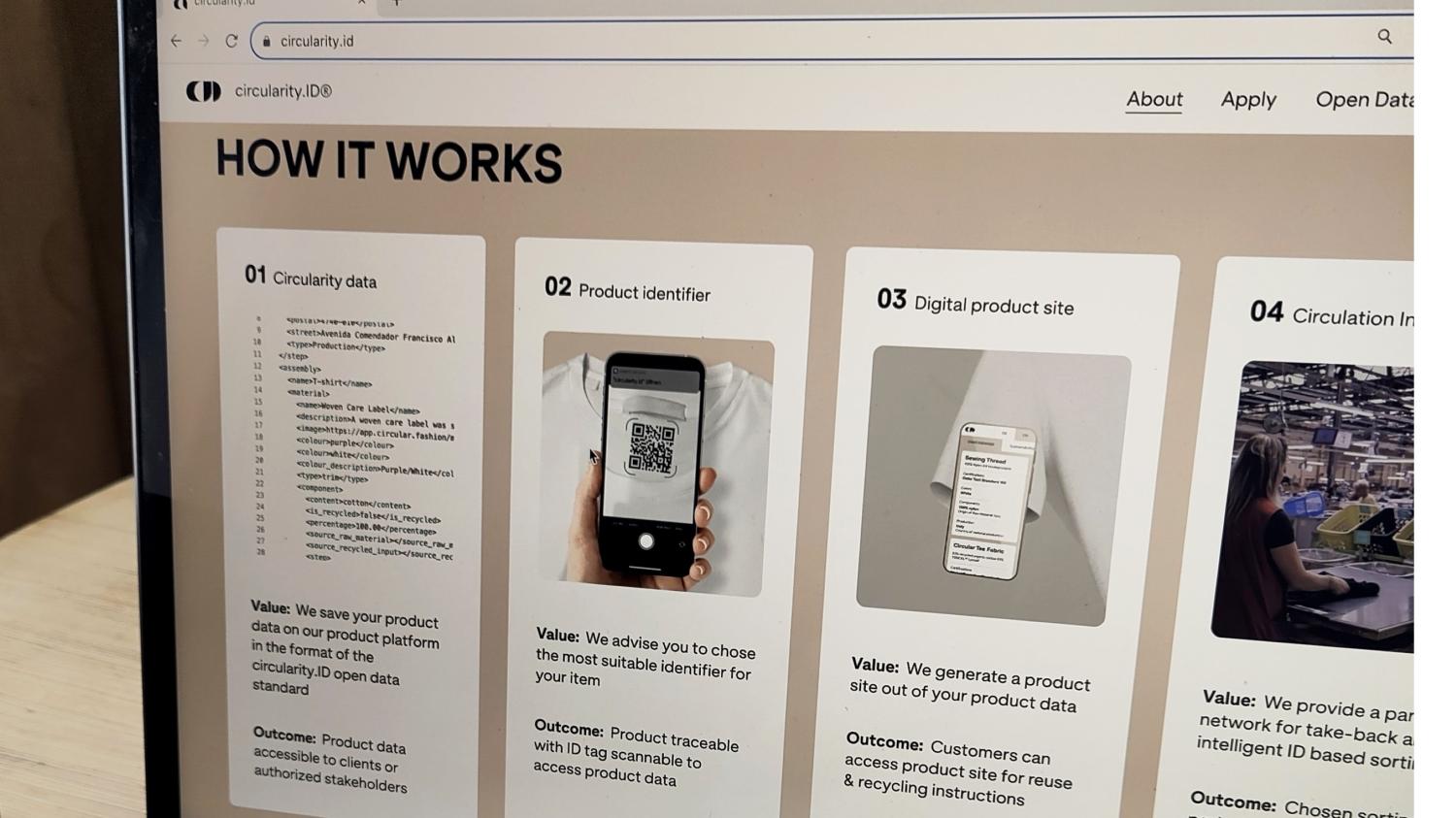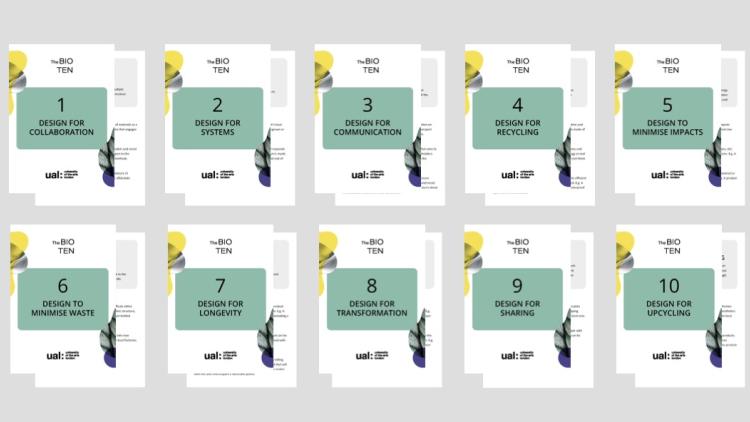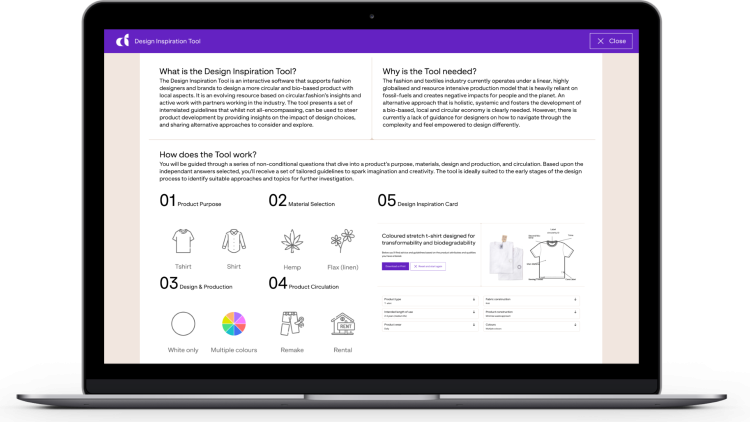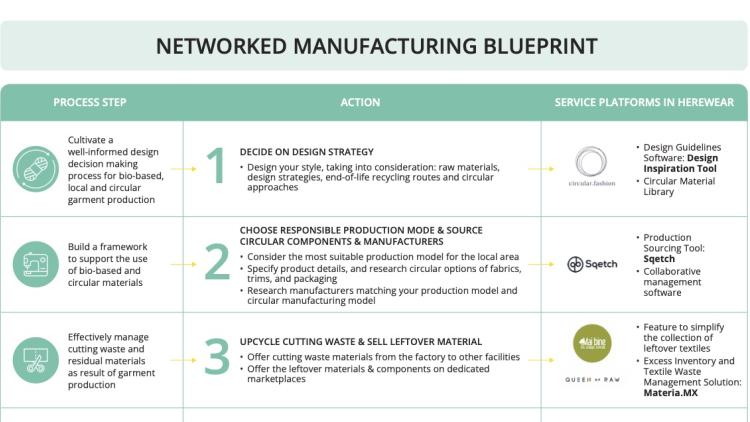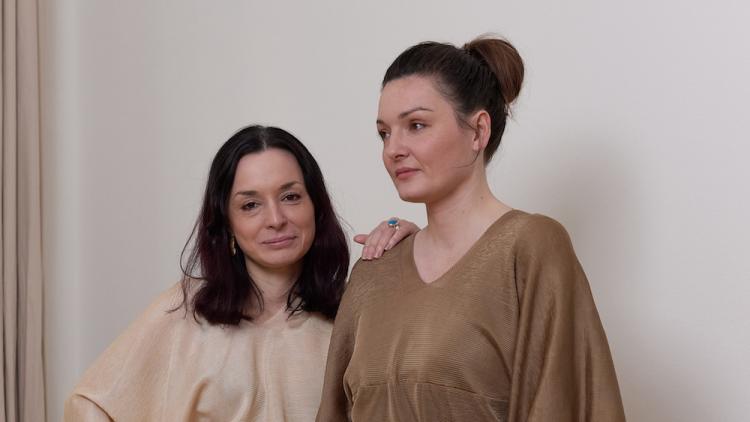Digital Product Passport
To enable change and accelerate transformation, leveraging technology and data plays a key role. The circularity.ID® Open Data Standard is intended for use in the fashion industry to store, label and identify digital product data for powering circular practices.
Being open about how a garment is made, and with which materials and processes is one of the keys to a more sustainable textile industry. If all of this information is collected and stored by the different producers in the supply chain, then circular, bio-based and local decision-making is much easier, to ensure a garment is treated in the right way throughout its life cycle. Digital Product Passports are a way of capturing this data in one easy access portal.
In this section you can find out how we used a Digital Product Passport, previously developed by HEREWEAR partner circular.fashion, to provide transparent information about the bio-based, circular and local aspects of the demonstration garments.
What is the circularity.ID® Open Data Standard
To enable change and accelerate transformation, leveraging technology and data plays a key role. The circularity.ID® Open Data Standard is intended for use in the fashion industry to store, label and identify digital product data for powering circular practices.
Over seven years of research, pilots and collaboration along the fashion value chain have been translated into the circularity.ID® Open Data Standard.
Insights and requirements for making a circular product from material, to design, use and sorting have been aggregated into the standard to be able to ensure longevity and recycling at end-of-life.
How did we use circularity.ID® in HEREWEAR?
Three garment prototypes were developed in HEREWEAR: the Day Shirt, Flexi-Dress and the EthEco Collection. To ensure we collected all production data and circular design intentions for these garments, unique identities were created for each garment.
There are 4 steps to this process:
- HEREWEAR partner circular.fashion created a digital space on their circularity.ID platform where the data could be uploaded by HEREWEAR partners.
- A label printed with a unique QR code was attached to each garment prototype.
- Garment brands, Mitwill and Vretena, collected the data needed to populate the product passport on the circularity.ID digital platform.
- Users and stakeholders can scan the QR code to access the product passport and discover how the garment was made, using which materials, and where it could be repaired, upcycled or returned to be recycled.

